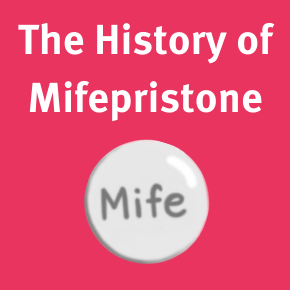Insights: Pain Management with Uterine Aspiration
Even brief periods of intense pain may have long-term consequences for women, including difficulty with future gynecological exams, pelvic pain or psychological issues.1-4 Studies observing pain with uterine aspiration find clinicians often underestimate patient pain.5 Careful attention to local anesthesia, individualization of care, and/or moderate-dose IV sedation can help to reduce pain. General anesthesia is not recommended for routine procedures due to cost and increased risk.
Pain is a complex interaction of (1) sensory signals, (2) emotional state and (3) the cognitive evaluation of the cause and significance of the stimuli. 3, 6 Uterine aspiration for undesired pregnancy or miscarriage affects all three levels in many ways and therefore a multimodal approach to comfort is especially useful.
Multimodal pain control includes:
- Non-pharmacologic strategies – Evidenced-based non-pharmacologic strategies that improve comfort and pain control include: establishing relationship and rapport with a patient; patient participation in the choice of anesthesia; creating a relaxing atmosphere including ambient music; and counseling techniques such as positive suggestion and diversion of attention. Non-pharmacologic strategies are strongly recommended for all women.
- Systemic medications – NSAIDs and IV moderate sedation reduce pain. NSAID medications help with uterine pain, especially post procedure. Women often have preferences regarding feeling more awake or more relaxed/less aware for uterine aspiration. If oral medications are used, they should be individualized to the preference and estimated tolerance of the patient.
- Local medication – Local medication significantly improves pain and is critical for uterine aspiration when the patient is awake. Less than the equivalent of 20 mL of 1% lidocaine is generally inadequate. This method of pain control is strongly recommended for all women.
Resources
Detailed version of this post found on the Innovating Education in Reproductive blog
Video Lecture – Pain with Uterine Aspiration Abortion
Sources
AMA Pathophysiology of Pain and Pain Management. CME June 2013.

